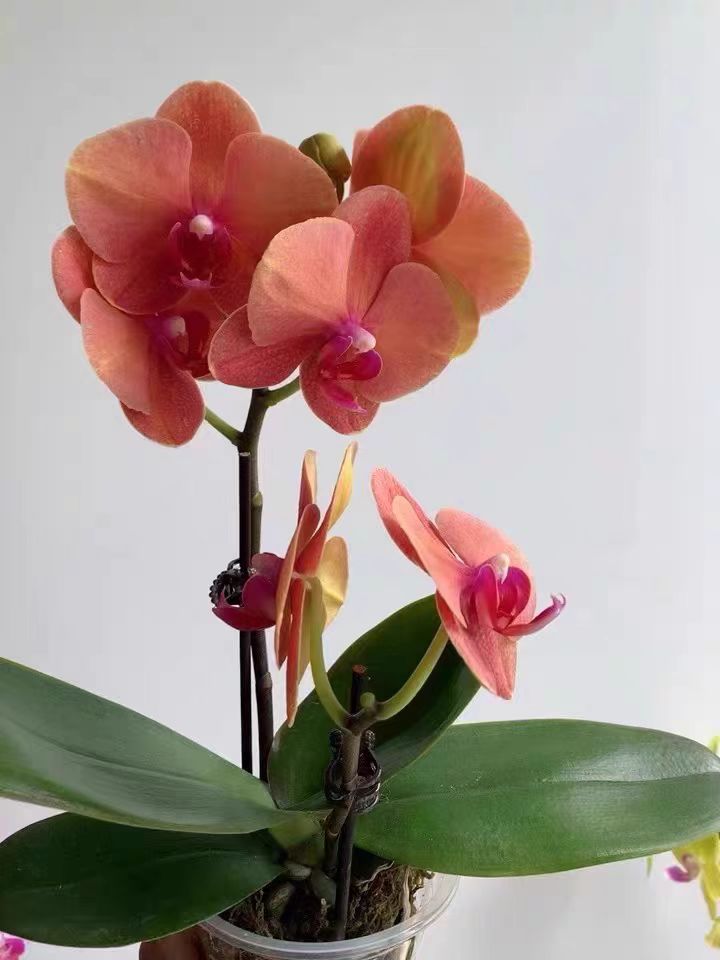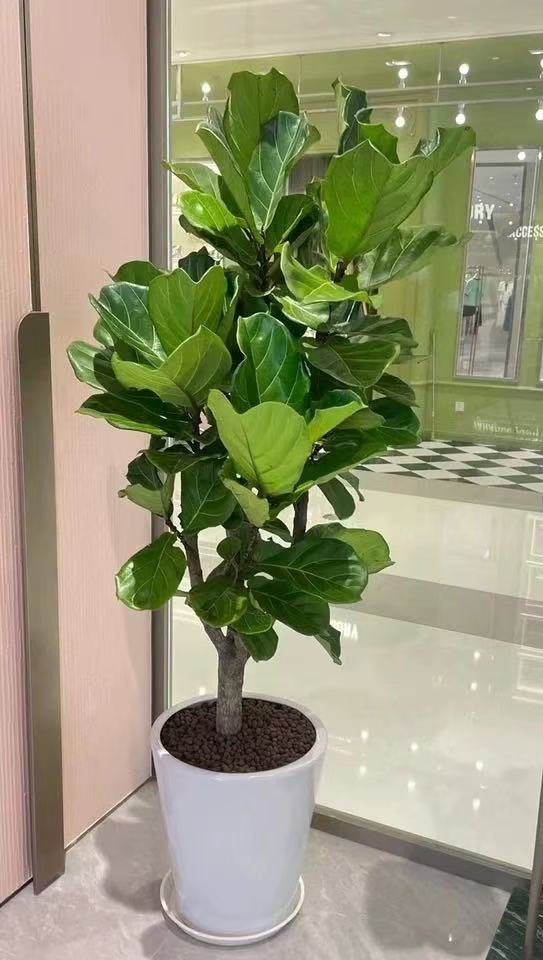Today, I'd like to introduce a spice that can be easily bought in the daily vegetable market. It is basil. Originating from India, it is also regarded as the "sacred grass" there. The local people don't eat it. However, since it was introduced to Europe, it has become a spice for cooking delicious dishes. In China, it is also known as "Nine-story Tower" or "Priceless".
Basil belongs to the genus Ocimum in the Lamiaceae family. It has a fragrant smell itself. Its leaves are oval-shaped with irregular serrations on the edges. In the flower market, it is mostly cultivated in pots. In terms of cultivation, basil prefers a warm and humid climate and is not cold-tolerant. The suitable growth temperature is between 25 and 28 degrees Celsius. If the ambient temperature is lower than 18 degrees Celsius, it will grow slowly. Usually, it is recommended to place it on a sunny windowsill because it likes an environment with sufficient sunlight.
When cultivating it, different care methods should be adopted according to different growth stages. If you buy a seedling with 3 to 4 leaves in the market, the soil should be kept "moist" because seedlings are afraid of drought. During the growth period, fertilizer can be applied once to help the seedlings grow vigorously. When it gradually grows to 10 to 15 centimeters later, you can pick the fresh young leaves for eating. After picking, pay attention to applying some fertilizers. It is recommended to apply nitrogen fertilizers 2 to 3 times with watering according to its growth condition because it can be picked many times later.
After careful cultivation for three months, generally, basil can flower. Its inflorescence is racemose, and the flower colors are mostly light purple or white. Meanwhile, seeds can be harvested at this time. The harvested seeds can be sown in June every year. The specific operation is to first fill the pot with nutrient soil, evenly sow the seeds in a layer of soil about 0.5 to 1 centimeter thick, and finally water it thoroughly. If possible, cover it with a moisture-retaining mat. After about 3 to 5 days, it will germinate. During the germination period, the suitable temperature is between 5 and 20 degrees Celsius.
In addition, basil is of very high value. It can be made into cold dishes, soups, health teas, seasonings, etc., from which we can obtain rich carotene and protein. Meanwhile, drying its stems and leaves also has the functions of repelling insects and mosquitoes.
The Cultivation Methods of Basil Leaves

Share with
Tagged in :




Leave a Reply